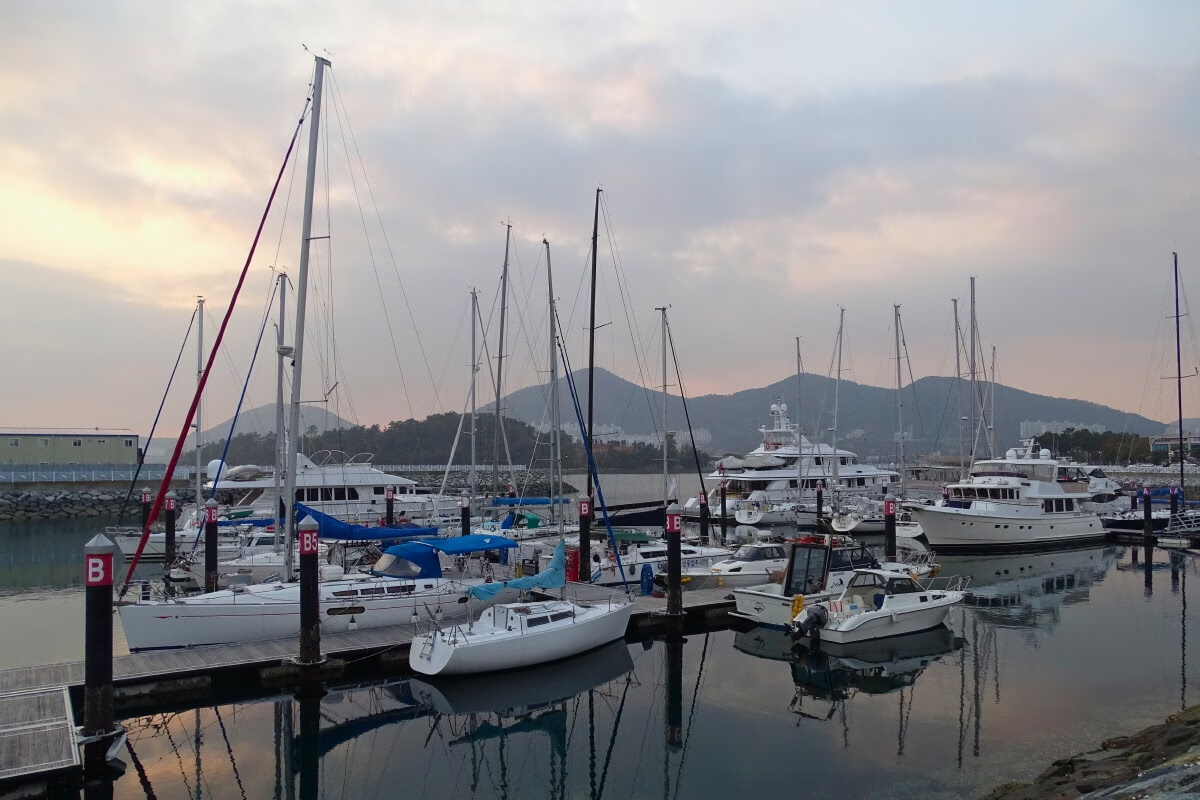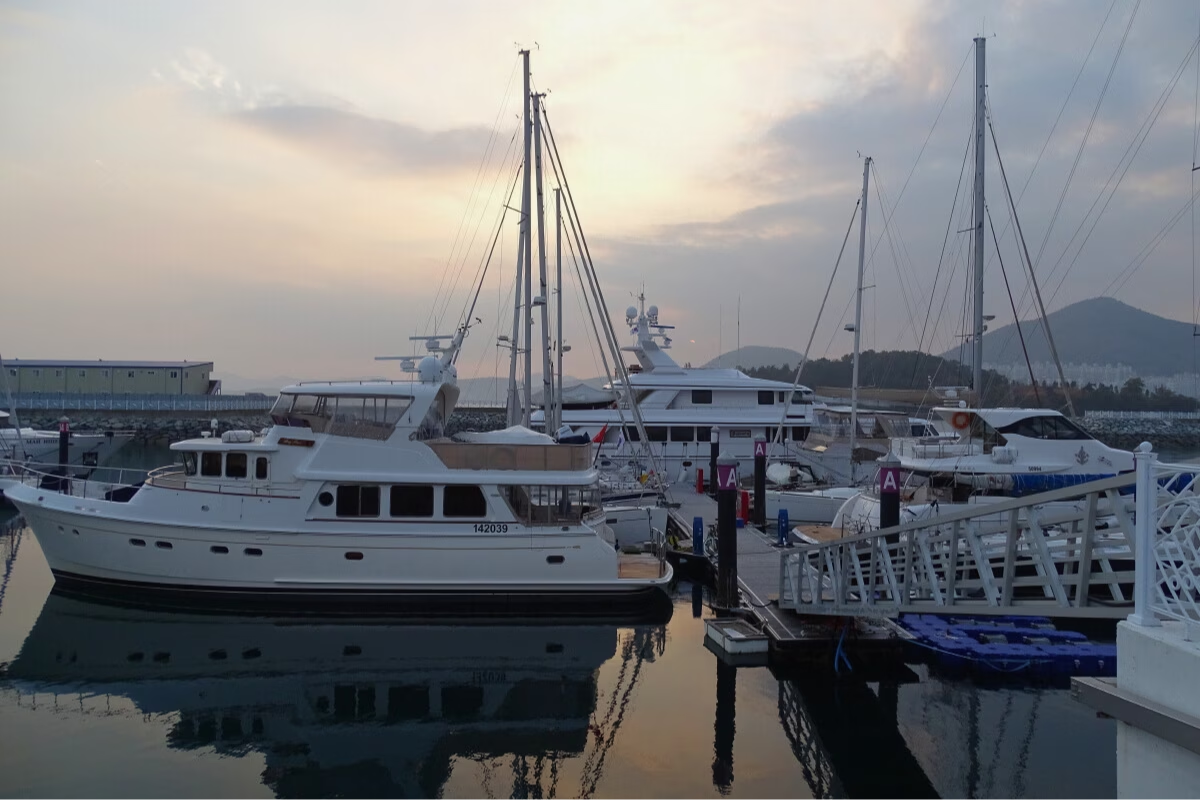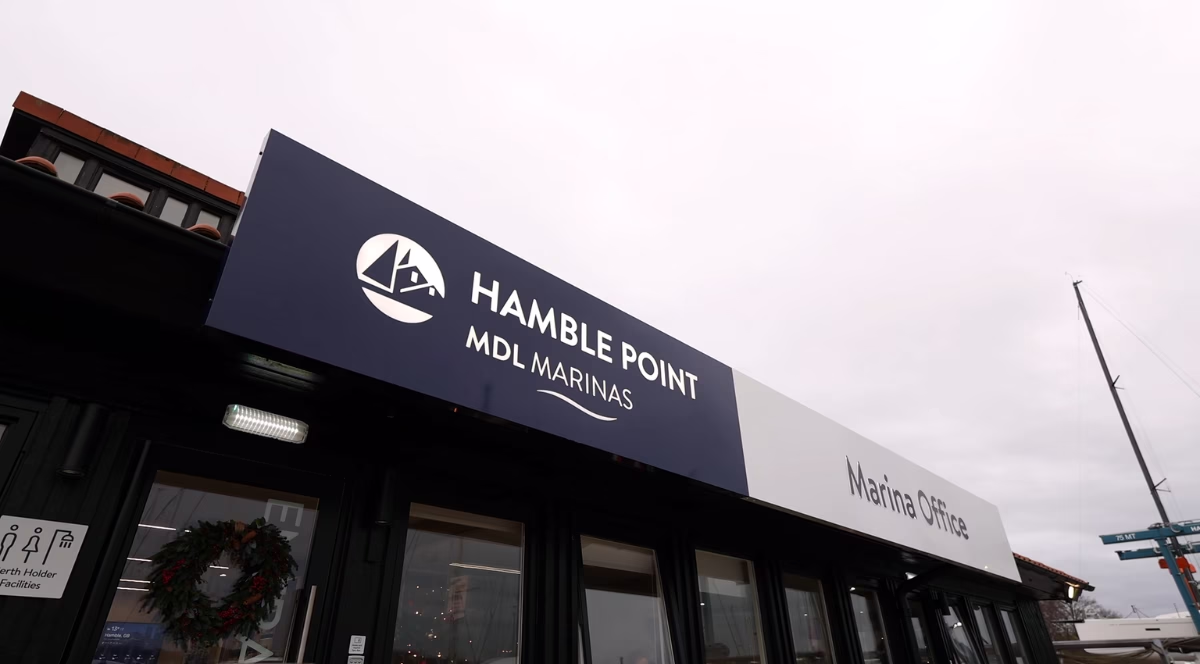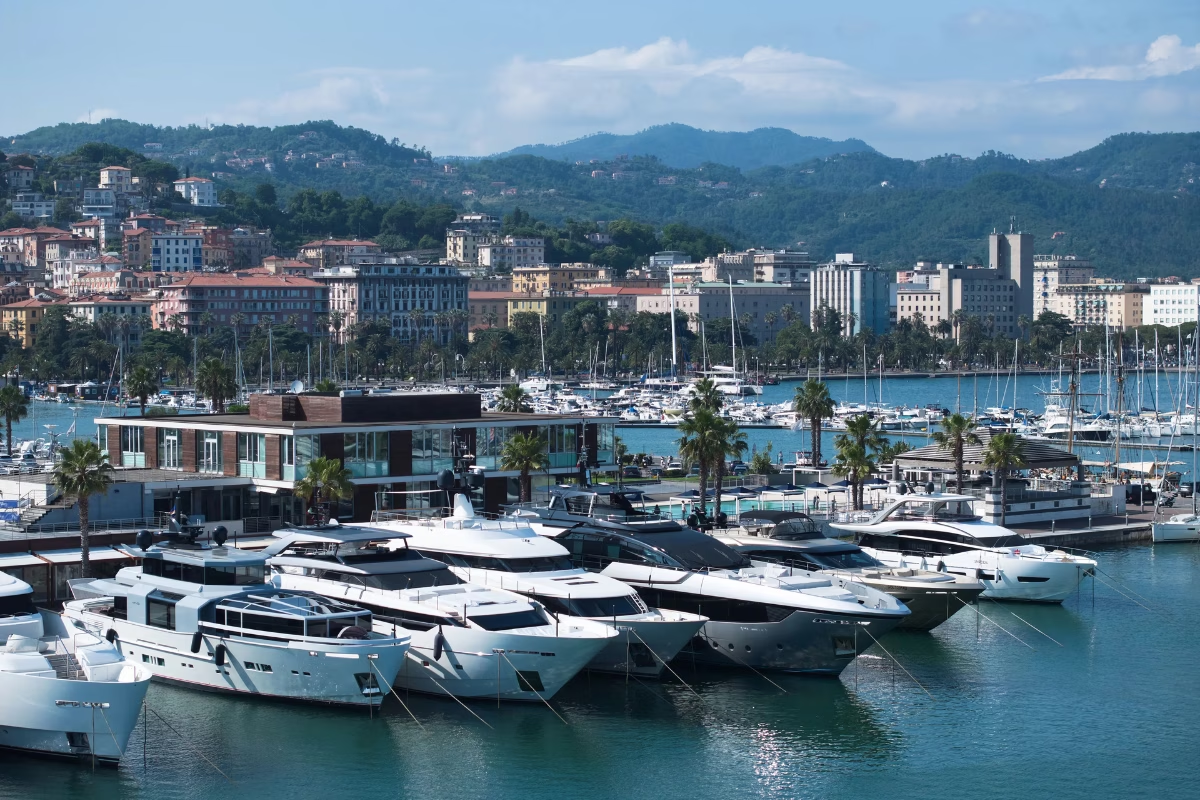The South Korean Ministry of Oceans and Fisheries (MOF) has announced the finalisation of the “Revised 2nd Marina Port Master Plan (2020-2029)” following a review by the Central Port Policy Council. The plan designates 40 planned marina port zones across nine regions, reflecting rising interest in marine leisure activities.

The announcement comes amid growing demand for small-scale and individual tourism in South Korea, in line with global trends after the COVID-19 pandemic. As of the end of 2023, the country had 72 marina sites with 4,341 berths, accommodating only 16.3% of registered vessels. MOF projections indicate that the number of marina vessels could reach 43,060 by 2034, a 62.2% increase from 26,546 in 2023, which highlights the need to expand marina infrastructure.
The revised plan updates domestic marine tourism trends, projects leisure boat registrations and revises both designated and planned marina port zones. Two new designated marina zones have been added under the “Nationally Supported Hub-Type Marina Port Development Project”, increasing the total from eight to ten. These are Yeosu Ungcheon Marina in Jeollanam-do and Bangaomeori Marina in Ansan, Gyeonggi-do.

The number of planned marina port zones has been reduced from 70 to 40 following field surveys and consultations with local governments. Areas already developed or designated under other laws were removed to prevent policy overlap and confusion. Planned zones remain as candidate sites eligible for development under the Marina Port Act.
The plan aims to support public and private investment in marina facilities, promote the growth of the domestic marina industry and respond to increasing public demand for marine leisure.








